This blog post is focused on a different, often times overlooked, and rarely discussed form of memoriam – the grave stake. You’ve seen them there – sporadically placed next to graves to honor members of fraternal organizations or soldiers who were deployed during a specific war or military action. Some notate simply that that grave belongs to a veteran. They can be very elaborate with exceptional detail, containing a multitude of information, or they may be very plain. Some of these ground stakes are capable of holding small flags and others are not. While you may find similar ground stakes in multiple cemeteries throughout the country, they are not uniform. Depending upon how those ground stakes ended up in that cemetery next to that grave will dictate what it looks like and what information it contains. But wait – how do those ground stakes wind up next to a grave? Every veteran just gets one, right? Nope. Like any material object, those little markers aren’t free, and somebody is paying for them. Like most cemetery practices, people generally don’t go around wondering about it. So, how do those little ground stakes get there? The answer is as simple as any response to a question asked about symbolism in the cemetery – it depends. Many of the older markers were placed by the organization it represents – the Grand Army of the Republic (GAR), the American Legion, etc. For those markers placed for more recent conflicts such as WWI, WWII or beyond, a local organization is probably responsible, most notably the Veterans of Foreign Wars (VFW). It’s possible the funeral home who handled the service ordered the marker for the veteran. Or it may have been a family member. Or it could have been the cemetery. Or it may have been the City Clerk’s office. It really, truly, just depends.
Today you can purchase grave stakes very easily and they are quite affordable. Feel free to enter “Military Grave Marker” into any search engine and you will be provided with many options. But sometimes you will see these markers for sale in a way that, in my opinion, they never should be – second hand. A recent visit to an antique shop is what prompted me to write this little blog post. I was meandering about a little shop in Sioux City, Iowa when I spotted a military ground stake that read “GAR”. Being the person I am, I made a verbal declaration to my companion that went something like “Oh – it just breaks my heart when I see these in second hand stores. Somebody took that off of a grave”. My comment was offensive to the shopkeeper, who informed me that it was “better to be here than melted down”, and I did agree with this statement. I would rather see it for sale than it be destroyed, but this gave me little solace.
I did not continue the conversation as my companion stepped in and ended my exchange with the shopkeeper, fearing a war of words. I will say I am generally a very polite person. I go out of my way to be courteous, however, I am also a person of opinion and in this circumstance I will voice it as politely as I can. It does make me very sad to see these for sale, and regardless of how it happened, it was taken off of a grave. And not just any grave – the grave of a Union Soldier who fought in the Civil War. No matter how that came to be, whether it was stolen, the cemetery removed it, a weather event swept it away, or it randomly tumbled down a hill, it saddens me that it is no longer representing the soldier it was placed to honor. This establishment was within their legal right to sell that memorial trinket. Had they been asking a reasonable price I would have purchased it and done everything in my power to have it returned to its rightful place. I’m curious to know fellow cemetery buffs, how do you feel when you see one of these memorials being sold second hand? Are you grateful it was saved from another fate, or do you automatically turn to anger that it is no longer representing its veteran? Regardless of your opinion, I encourage us all to be mindful to be kind to one another, even when our passions are afire. And just like me, I bet if that GAR ground stake could talk it would tell you that it would rather be at the cemetery.
2 Comments
My favorite place in the world is a cemetery. There’s nothing like it. Each cemetery is unique and they all have their story to tell. No other museum can give you what a cemetery can provide. There’s art. History. Genealogy. Stories. Trees. (I’m not too keen on that last one but I hear some people enjoy them). The serenity in a cemetery cannot be found elsewhere. This is the passion that drives me. But what about the people who love the cemeteries but can’t walk through them? Does that mean they just don’t get to enjoy them?
A tale of education and self-exploration.In my never-ending pursuit of knowledge, I took a whirlwind journey to Urbana, IL this weekend. The Urbana Free Library together with John Heider, owner and operator of R.I.P., Ltd., provided a workshop on how to properly clean and repair/restore grave markers. Some of you may know I've been attempting to expand my knowledge in this arena for a while and have been unsuccessful in finding an educational avenue. This workshop was FREE, thanks to the Urbana Free Library, and they welcomed me to their event with true enthusiasm.
The library offered this workshop at no charge, but let me tell you it wasn't "free" for me to go. There was the cost of the hotel I stayed in on Friday night after driving in from Omaha, NE, roughly 490 miles, gas in the car, and then the drive back to Omaha after the event as I had obligations I needed to be in Omaha for on Sunday.
This event was exactly what I hoped it would be - an educated, experienced instructor who knows how to teach, and a group of like-minded folks who are eager to learn. An unexpected and serendipitous turn during the hands-on portion of the event was that all of the students were women. Now I am one who actively works to NOT place gender stereotypes on people, but I can't deny that in a group of people who are in a hands-on workshop, when the instruction comes that someone needs to "come lift this up", ladies have a tendency to step back and gents have a habit of coming forward. In our group there were no gents so the ladies were the ones who eventually moved in to lift those stones, dig those holes, and mix that adhesive. That was an unplanned benefit, at least for me.
So this particular blog post is more of a "thank you" to those responsible for the event. I will continue my pursuit for knowledge in this arena, but I am now equipped to begin resetting, leveling and making minor repairs to small stones.
Calling all local (Omaha and surrounding area) cemeteries!! If you'd like to give me the opportunity to hone my newly found skills, I'm on the hunt for some stones to straighten!
Today I was speaking with some fellow genealogists about gravestone cleanings when one of my colleagues stated she recently took a tombstone cleaning workshop and that you must not use chemicals on stones. This is something I say all the time, but she followed it by "and use distilled water". I responded with "I just use tap water". She stated her instructor was quite adamant that you mustn't use tap water because it has chemicals in it. While we all know this is true, chlorine and other chemicals are added to tap water, I was of the impression that it was not harmful to the stones. I left the conversation doubting myself - have I been doing it wrong for years and years, unwittingly damaging stones?? What kind of monster am I! Then I remembered that I've done my research; I don't just go to the cemetery all willy-nilly. Also, I frequently revisit stones I've cleaned and check them for damage. I have not witnessed a stone I have cleaned having damage caused by my cleaning it. So...what gives? I know of the instructors that gave the class my colleague spoke of, and I know they are well educated. So, I dug through my old research and did some googling to see what else was out there, and this is what I found - Per Jason Church of the National Center for Preservation Training and Technology, it is safe to use tap water on gravestones, as long as the chlorine level is less than 2 parts per million (PreserveAmSFASU, 2013). In "A Guide to the Care & Cleaning of Natural Stone", the Marble Institute of America only refers to using distilled water when combined with a poultice material while describing how to remove a stain. In all other instances where they reference water, they make no mention of needing to use anything specific. They just say water. As a matter of fact, all of the resources I found that had a reputable source only used the term water - sometimes they would say clean water. I also learned that sometimes you in fact should not use soft water. "Soft water, for example, should not be used on carbonate stone because of the possibility of dissolution of the stone" (A Glossary of Historic Masonry Deterioration Problems and Preservation Treatments, 1984). Limestone is a carbonate stone, and American cemeteries are full of these markers. While doing my research I did attempt to find sources that advised using distilled water for stone cleaning. The only sources I found were those that I could not determine to be reputable. So, my findings on this subject are that there does not appear to be any reason to use distilled water when cleaning gravestones. If you know of additional resources that can shed light on this topic, I would be most appreciative! References
Marble Institute of America. (2004). A Guide to the Care & Cleaning of Natural Stone [Pamphlet]. Cleveland, OH: Marble Institute of America. [PreserveAmSFASU]. (2013, April 23). Preserve America- Gravestone Cleaning Workshop With Jason Church [Video file]. Retrieved from https://www.youtube.com/watch?v=CIQS-ZryE20 U.S. Department of the Interior National Park Service Technical Preservation Services. (1995). The secretary of the interior’s standards for the treatment of historic properties with guidelines for preserving, rehabilitating, restoring & reconstructing historic buildings. Retrieved from: https://www.nps.gov/tps/standards/treatment-guidelines-2017.pdf  John Ahmanson (Martin, 1983) John Ahmanson (Martin, 1983) One of the stops on my initial Prospect Hill Cemetery tour was for John Ahmanson. Mr. Ahmanson is known for many things and he contributed a great deal to Omaha. He published a Scandinavian newspaper in Omaha, became a doctor, and represented Douglas County in the 8th Nebraska State Legislature. The reason I stopped at his grave was to tell a story that had nothing to do with these accomplishments. I found an article in the Omaha Daily Herald on Nov 9, 1885 that included a letter from Mr. Ahmanson. This letter was in response to a man’s plea for sympathy – one Mr. James “Jim” Burke, who was in the penitentiary serving a 12 year sentence for murder. Mr. Ahmanson had witnessed the event and had not been called as a witness during the coroner’s inquest nor at either of the two trials held. Mr. Ahmanson’s letter stated he felt it was his duty to share what he witnessed that day.
Upon further investigation I have learned that while Dr. Ahmanson was not called as a witness, there were a multitude of witness’ at the scene. 10 on-lookers were called to the coroner’s inquest. Multiple individuals were called to testify as to what they saw, heard and knew of the event during the two trials. When reading Dr. Ahmanson’s letter now it is clear to me why he wasn’t called as a witness. There were so many other people who had a better view of the event. However, the squirrel was out of his cage and I gave chase. Did he or did he not get his pardon? Thanks to the Nebraska State Genealogical Society, I found Mr. Burke's information in the Nebraska Prison Records 1870 - 1990 Index. I used that information to order his prison record.
Jim Burke was granted his pardon, but not until May 13, 1887. Another interesting tidbit in this record was that Burke had a large scar on his right cheek. I wonder if that came from the day he killed Morris Weils, when Weils slammed Burke's face into the display counter in Collins store. In the end this story did not turn out the way I expected, but do they ever ;) Reference
Charles W Martin, “John Ahmanson vs. Brigham Young: A Nebraska Legal Controversy, 1859- 1861,” Nebraska History 64 (1983): 1-20 Chronicling America - this resource is free to all, thanks Library of Congress! - Chicago Daily Tribune 8 Sep 1878 Omaha World-Herald Digital Archive - you must have an Omaha Public Library card to access this resource; Omaha Daily Herald 11 Dec 1878, Omaha Daily Herald 13 Dec 1878, Omaha Daily World 9 Nov 1885,
Below you can see what I found. The stone had quite a bit of mud on it, but the amazing thing about this is, I would bet you good money someone is watching after this stone. Someone has been here recently (within the year) and has cleaned up this stone. Someone is still remembering this memorial. Consider this my fellow grave diggers - how many stones no longer have holes for us to stumble into? Some of them aren't even dips in the ground anymore. They're completely covered, just lying there, waiting for someone to come along and dig them up...literally!
Do a little research digging before you pull out a shovel, but let's remember - when you're in the cemetery, just because you don't see it, that doesn't mean it isn't there :)
Happy hunting! This past Saturday was the first warm day of 2018. The day was preceded by a week of sunny weather, which was perfect. These two things culminate into one glorious event - cemetery hunting! While wandering the lanes of the Oak Hill Cemetery in Plattsmouth, NE, my young companion sees a gravestone and asks, "Hey Shannon, what does that one mean?" The answer she received was a vague, less than informative response along the lines of "well, the circle shape represents life eternal, with no beginning and no ending". Well, I'm probably right :) So this of course prompted me to run right home and do a little research (as most quandaries at the cemetery do) and instead of just shooting her a text, I thought "why not start a blog?" So here it is ladies and gentlefolk - not only does History Walk, we also have Cemetery Talks! 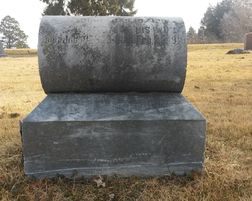 Lucinda Gibson, Oak Hill Cemetery, Plattsmouth, Cass Co., NE Lucinda Gibson, Oak Hill Cemetery, Plattsmouth, Cass Co., NE It's called a bolster and they were most popular in the early twentieth century (State of Indiana). The meaning behind the monument is not an easy thing to find. There is no listing for a bolster in my favorite cemetery resource, Stories in Stone by Douglas Keister, and contrary to popular belief Google doesn't know everything.
Thanks for visiting, and Happy Hunting! References
Bolster. (n.d.). Retrieved March 06, 2018, from http://www.dictionary.com/browse/bolster?s=t Keister, D. (2004). Stories in stone: a field guide to cemetery symbolism and iconography. Salt Lake City: Gibbs Smith, Publisher. State of Indiana. (n.d.). Terms used to describe cemeteries and grave markers . Retrieved March 5, 2018, from https://www.in.gov/dnr/historic/files/cem_glossary.pdf |
Archives
January 2019
Categories |

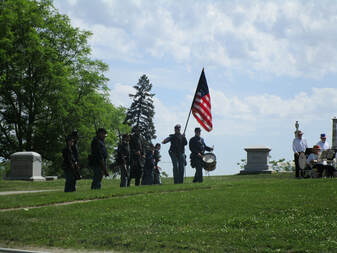
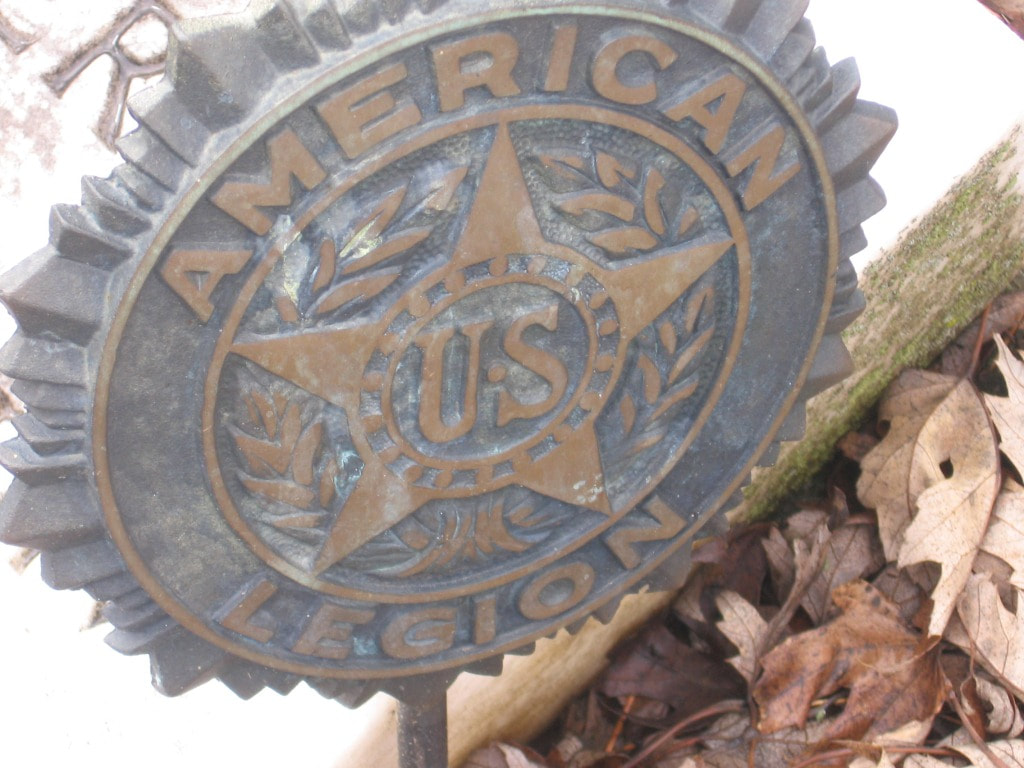
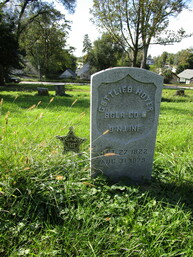


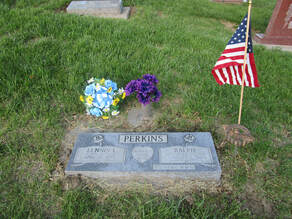
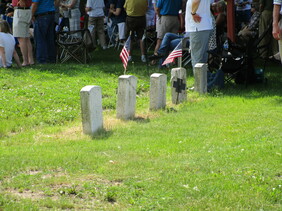
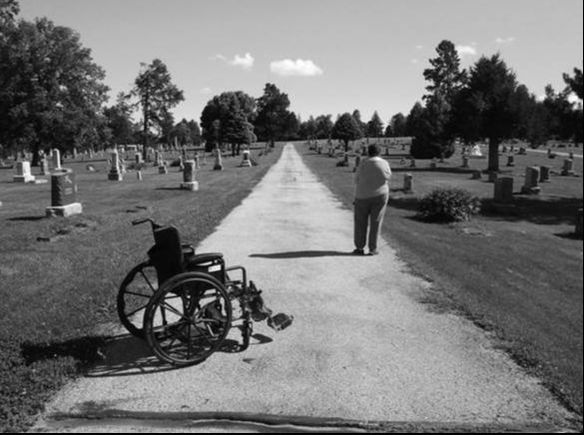
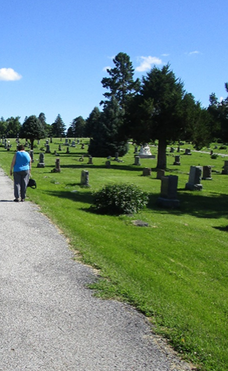
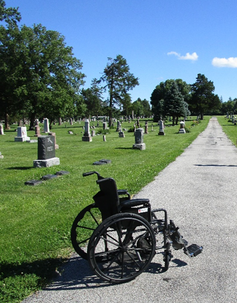
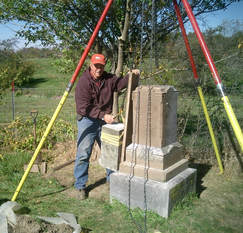
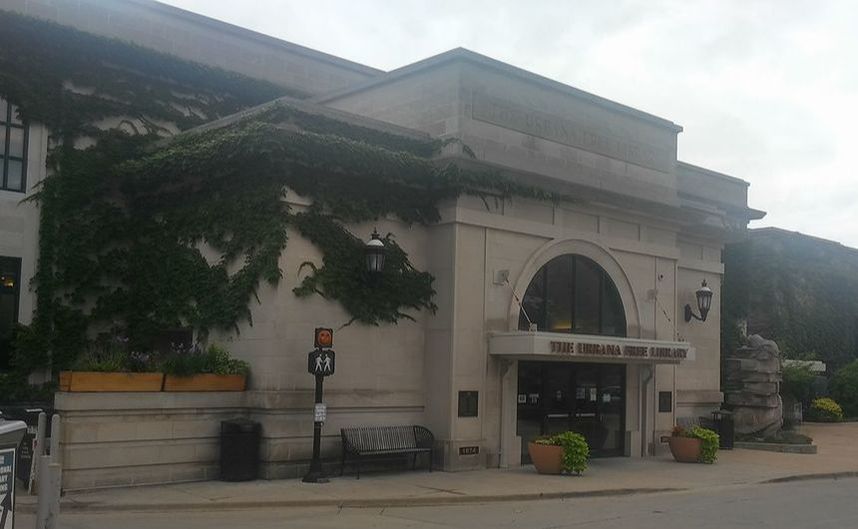



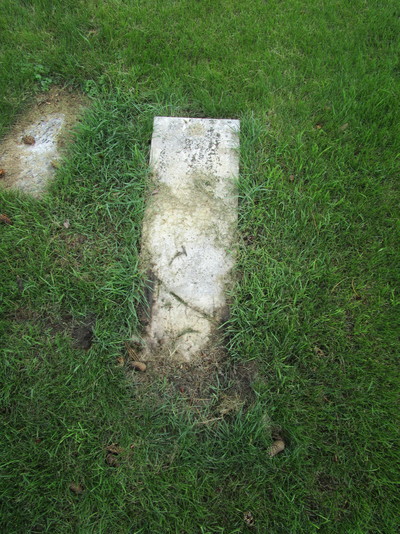
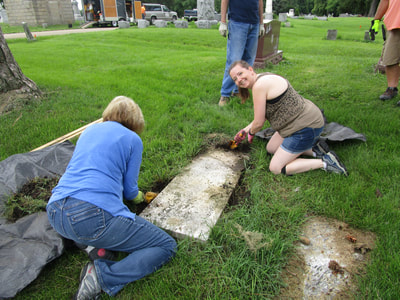

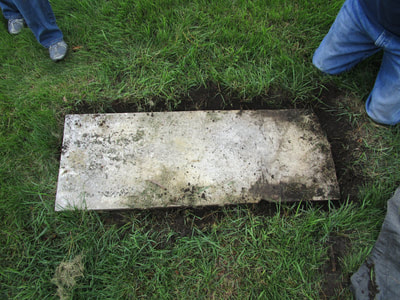
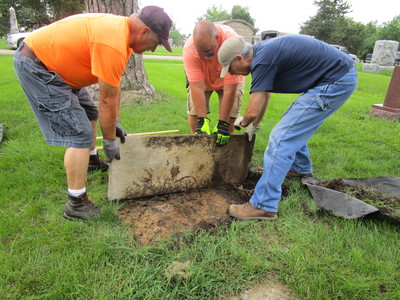
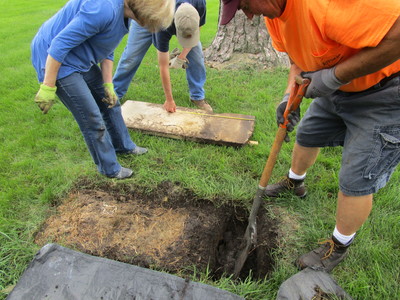
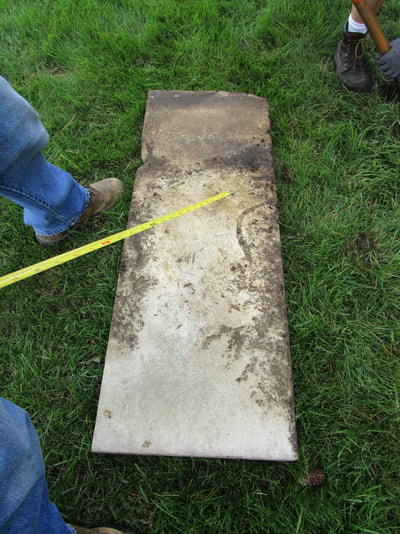

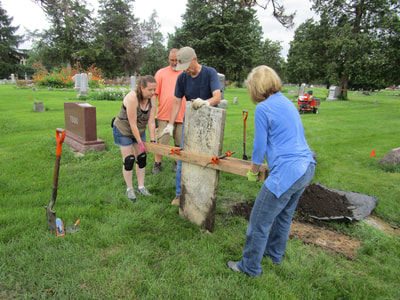
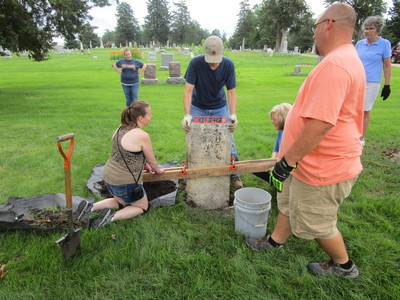
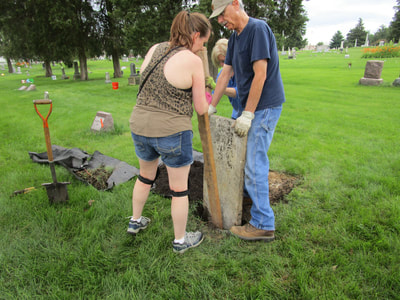

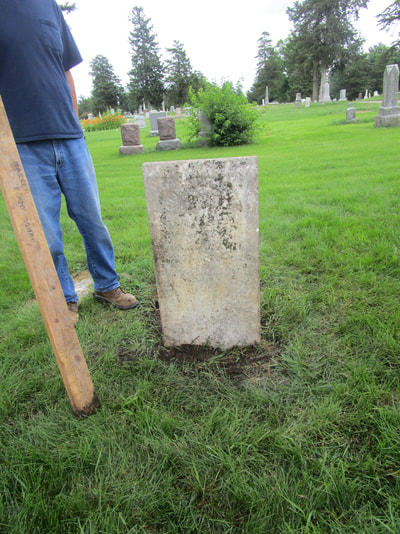
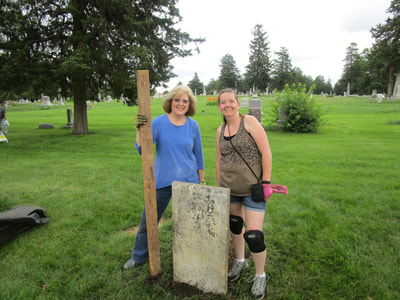
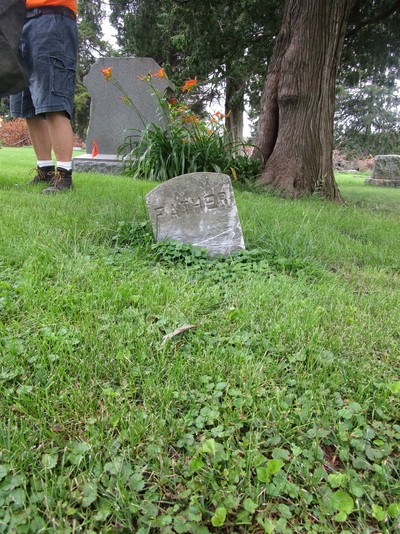

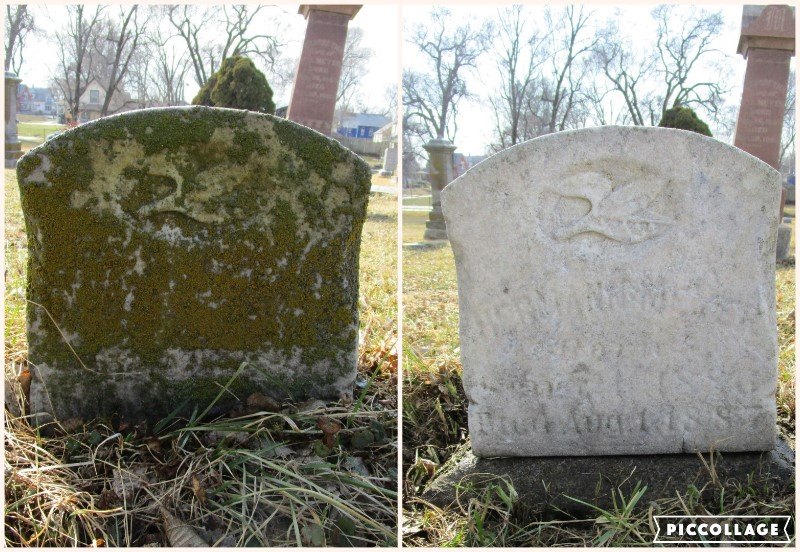
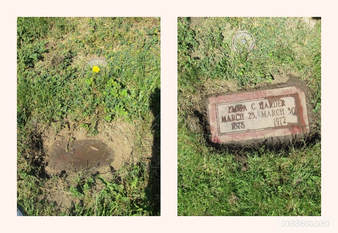
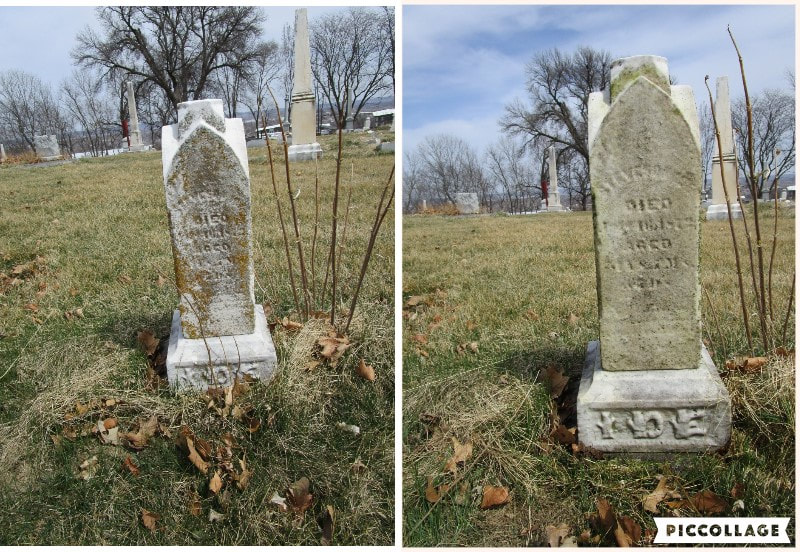

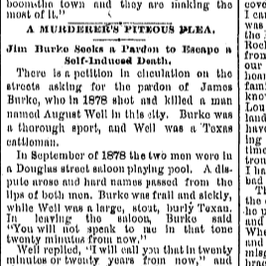

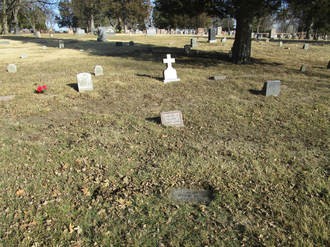
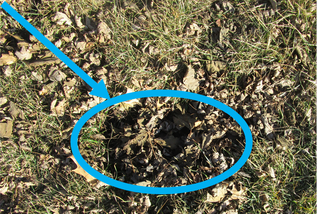
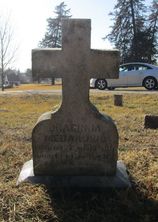




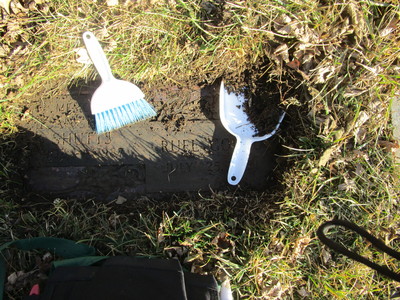
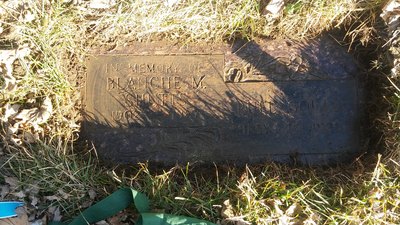
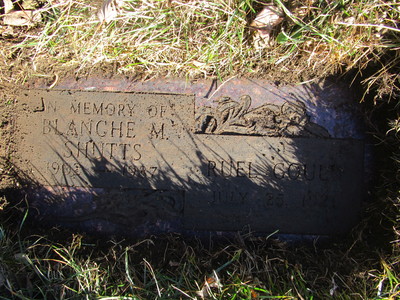
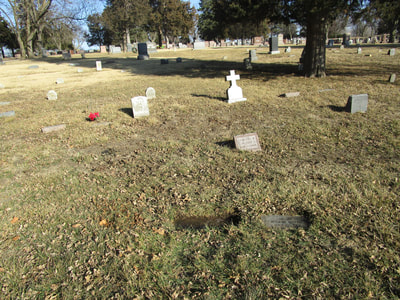

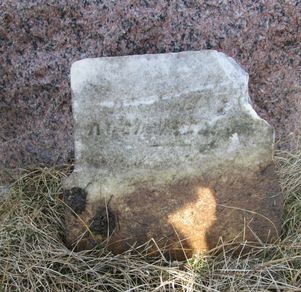
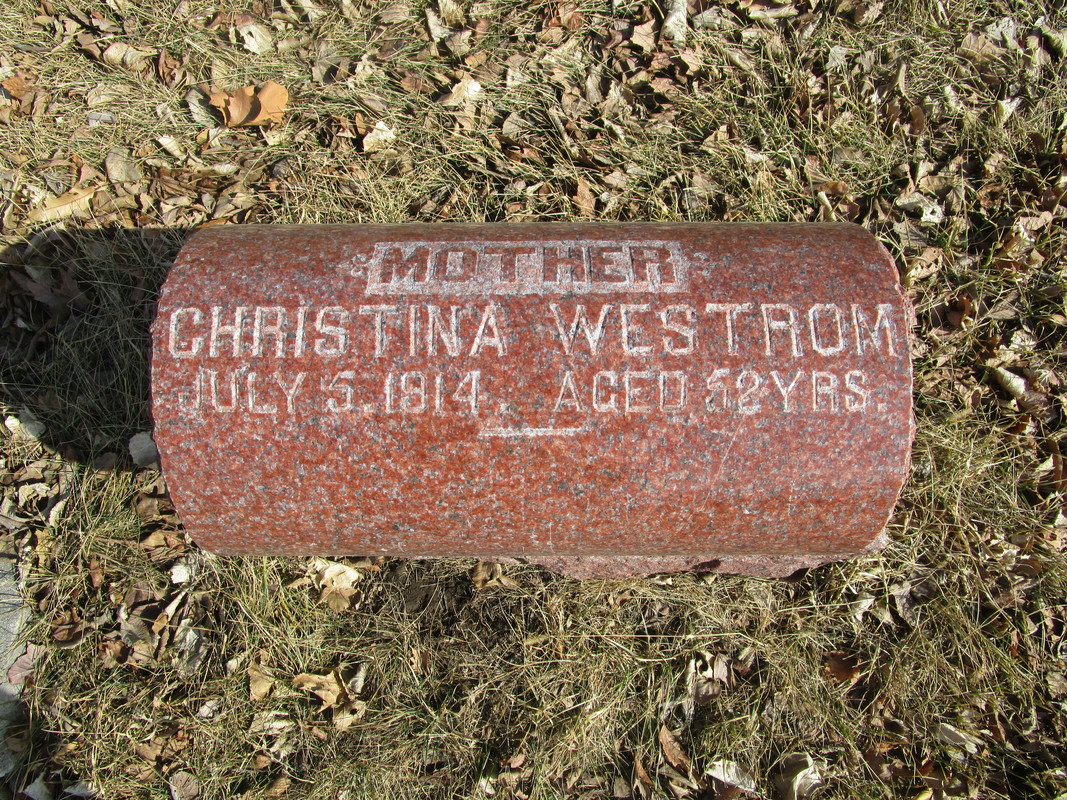
 RSS Feed
RSS Feed